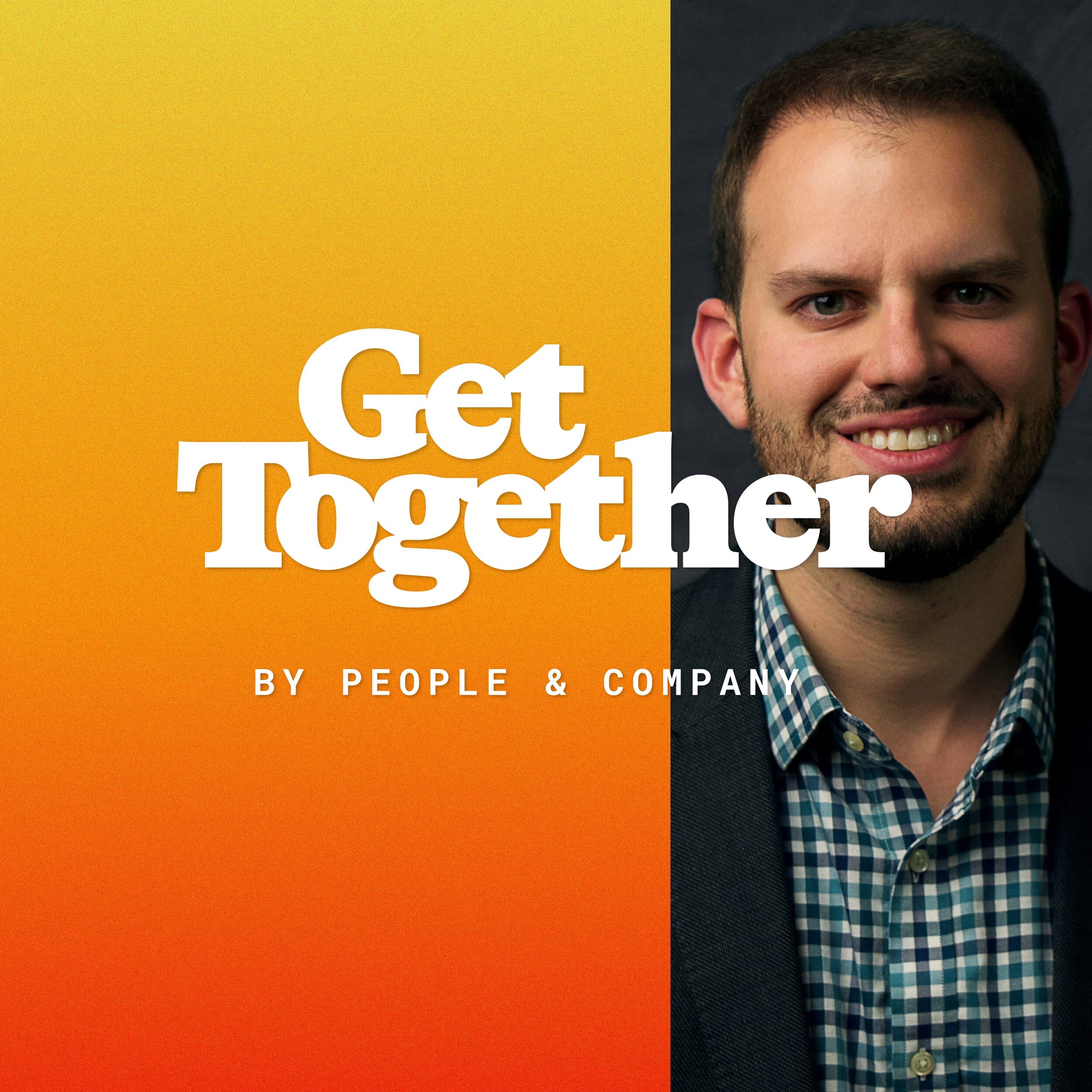Instigating grassroots culture change 🧩 Steve Garguilo, Cultivate
Listen on: Apple, Google, Spotify, Stitcher, TuneIn, Overcast, Pocketcast, RSS
Read: Transcript
There's strategic value in giving up some control when you're a leader at a company and you want new ideas to emerge.
- Steve Garguilo
Show Notes
Early in his career, Steve did the (seemingly) impossible—he led a grassroots transformation of the culture of Johnson & Johnson, the fifth largest company in the world.
Frustrated by the pace and challenges of big company culture, Steve decided to do something he’d done in college: host a TEDx. He hosted a casual TEDx event at a bar and invited employees within Johnson & Johnson to share their research, wild ideas, and learn from one another. Within an hour and a half of posting the event internally, 90 people had signed up. Soon employees at other offices around the world wanted to host their own. By the time Steve was done, 23,000 people at Johnson & Johnson had engaged in a TEDx and he had a new title: “Head of Instigation at Johnson & Johnson.”
Today Steve continues this work shifting big company cultures from the ground up. As a partner at Cultivate, he’s taking the transformative work he did at Johnson & Johnson to other organizations. He co-authored Surge: Your Guide to Put Any Idea into Action which captures the two-decade on the quest to find better ways to take action on our ideas.
We talk with Steve about how he pinpointed fellow changemakers within Johnson & Johnson and supercharged their ideas using the TEDx format.
While you’re listening, keep an ear out for insights on sparking change within your own company culture:
1. Empower people to live out your community’s purpose.
Steve was trained as an engineer. At Johnson & Johnson he was tasked with creating products for emerging markets and was told by leaders that they wanted “new ideas and fresh perspectives of how we might do things differently.” Yet he found it was a challenge to actually break through with those new ideas.
What the TEDx format offered for employees like Steve was a way to live out Johnson & Johnson’s mission, which had attracted them to the company in the first place. And it allowed them to do so on their own terms.
P&C Tip from Kevin — Trust your people, they are the insiders.
“We start almost every single one of our labs and sprints with clients with this line: ‘you know, your people way better than we do. You care about your people. That’s why we didn’t come with baked ideas. We came with a process. What we need from you is for you to think about your people and what they care about and bring that to this session. Don’t trust our ideas.’
As we continued to take on more projects, that were further from our world, across different industries, there was just a need to trust the kind of people who really know what they care about.”
2. Give community members the chance to participate.
When Steve was a student at Penn State, he organized a TEDx so other students could share their dreams and research.
One student took the stage to share an initiative he launched to bring students from Iran and Israel to talk with students in central Pennsylvania. After millions of people watched the talk, Penn State established a whole new center to keep running this initiative.
Another woman talked about engaging boys in learning through gaming and got invited to be on a White House council for boys and men.
Knowing the power the TEDx format had to amplify voices who have powerful ideas, Steve asked, “What might it look like to try to do something like a TEDx program inside of a big company? Would it have a similar impact?”
It did. A coworker named Magda shared a way we might diagnose depression through video game play. After the talk, people from different disciplines came up to her–clinical, supply chain, finance–and she was able to form a team to put this idea into action.
As a frustrated, passionate young employee, Steve could have focused on getting his ideas through to coworkers. Instead, he channeled his energy into building a stage for others to stand on. That decision to all others to participate made his efforts far more impactful than if he’d focused only on himself.
3. Changing a culture requires rallying changemakers.
Crucial to Steve’s efforts and Johnson & Johnson was his instinct to find and empower fellow hand-raisers at the company–folks he calls “changemakers.”
These are the people who can’t fake the funk, and “get up every day feeling committed to the purpose of the big company they work at.”
When Steve works with big companies, he hunts for changemakers at the organization. As he says: “These people are the key to all the locks.” If you can find your company’s purpose-driven employees, support them to realize their ideas and connect them to other changemakers around the organization, it’s what “unlocks” culture change. As Steve said, “Everything that people talk about — culture, employee engagement, retention and all these big buzzwords — can be unlocked through cultivators.”
So how do you find your fellow changemakers? Put out an invite, see who responds and who offers to help. “If you want to get more people to come out of the woodwork, the best thing that you can do is just be one yourself,” Steve shared with us. At J&J, Steve communicated who he was and what he cared about, then hosted events around that passion that attracted people like himself.
Get Together is produced by the team at People & Company.
We published a book and coach organizations like Nike, Porsche, Substack and Surfrider on how to make smarter bets with their community-building investments.
Stay up to date on all things Get Together and 👋🏻say hi!





